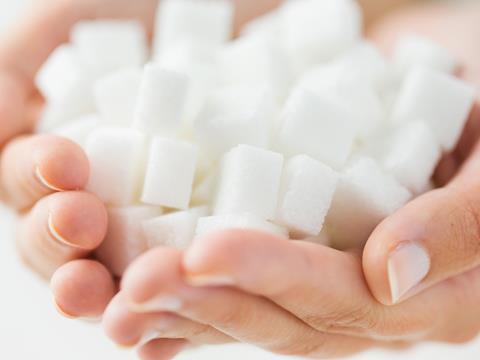
Local authorities have backed Jamie Oliver’s call for fizzy drink companies to put labels on the front of their products, spelling out the sugar content in terms of teaspoons.
The Local Government Association, which represents more than 370 councils, said many youngsters and parents were unaware of the high level of sugar in the products.
The call, which comes ahead of David Cameron’s much-anticipated Childhood Obesity Strategy, attacks levels of sugar in energy and sports drinks, many of which it says have more than 20 teaspoons of sugar in a 500ml can - more than three times the daily allowance for adults.
Some popular juices and soft drinks contain between five and 15g of sugar per 100ml, it said, and a typical can of fizzy drink has about nine teaspoons of sugar.
With research showing it takes an average of just 15 seconds for shoppers to decide on an item, the LGA said it wanted prominent and clearer labels on the front of fizzy drinks - spelling out the sugar content in teaspoons so all shoppers can see it instantly.
“While we acknowledge that many soft drinks manufacturers are heading in the right direction with sugar reduction, the industry as whole needs to go further, faster and show leadership on the issue,” said LGA Community Wellbeing spokesman councillor Izzi Seccombe,
“In many cases, parents and children are unaware of exactly how much sugar these fizzy drinks contain, which is why we are calling on manufacturers to provide clearer, front-of-product labelling that shows how much sugar soft drinks have in teaspoons. Raising awareness of sugar quantities and giving families a more informed choice is crucial if we are to make a breakthrough in the fight against tooth decay and obesity.”
However, industry bodies attacked the plan.
“If nutrition information were to be included on different foods and drinks in an inconsistent way this would be confusing,” said FDF corporate affairs director Tim Rycroft.
“If teaspoon labelling for sugars only appeared on carbonated drinks, as LGA proposes, this might lead some consumers to think that other drinks or foods not showing this information do not contain sugars. The main practical obstacle to companies adopting teaspoon labelling, however, is that a teaspoon isn’t a consistent unit for measuring nutrient content.
“We eat nutrients in very different amounts. A teaspoon of salt is nearly all of our maximum daily allowance, whereas a teaspoon of a fat such as oil would be a tiny fraction.
“Even different types of sugars, such as table sugar and honey, are not like for like.”
BSDA director general Gavin Partington added: “Full nutritional labelling, including sugar content, is on pack on all soft drinks so parents can make an informed choice about the products their families are drinking,
“It would be more helpful to consumers if they are able to view the full nutritional content of all food and drink, at restaurants and cafés in particular, to give them a clearer understanding of everything they’re eating and drinking and improve the choices they make.”
Recently, public health minister Jane Ellison warned MPs that the government could not force companies to label products with spoonful logos because it would be in breach of EU law.
“Teaspoons sounds straightforward, but labelling is an EU competence, so member states cannot mandate additional forms of expression, such as spoonfuls of sugar, for pre-packed food,” she said. “Under EU legislation, it would be possible for companies to represent sugar content in the form of spoons of sugar or sugar cubes on a voluntary basis, as long that met a number of EU criteria.”



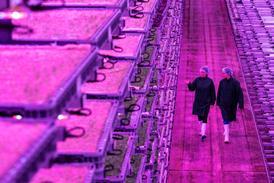
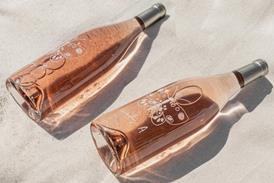


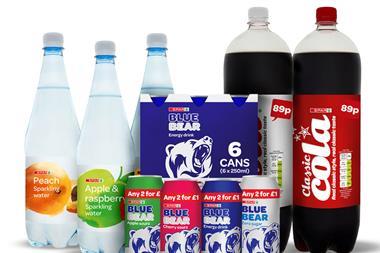
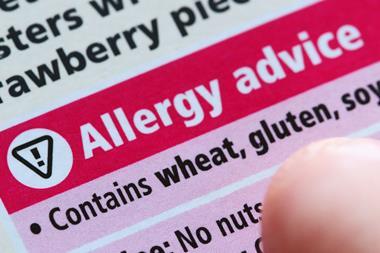
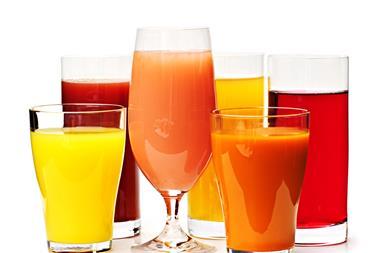
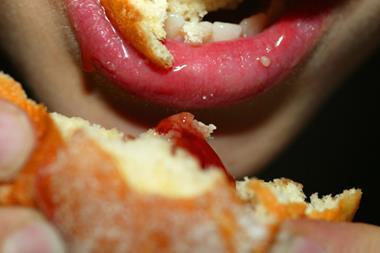
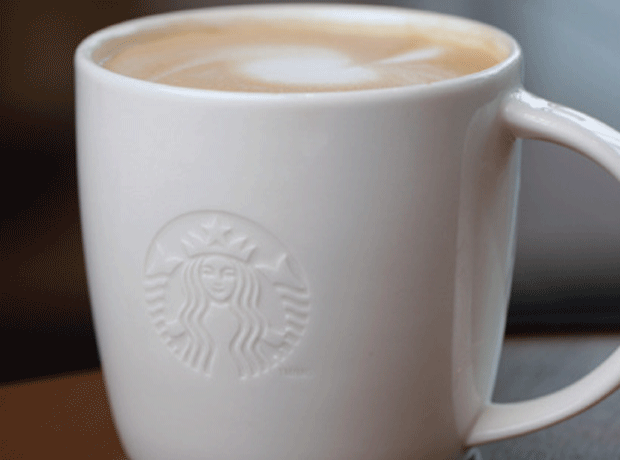
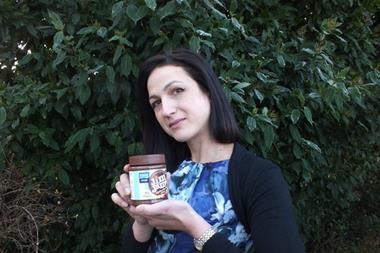


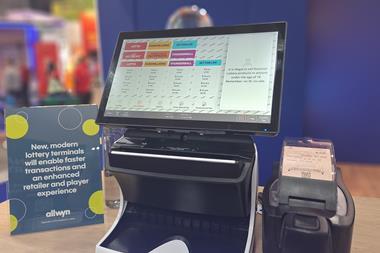

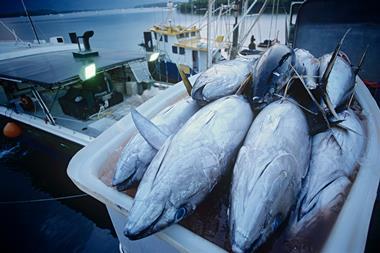

No comments yet